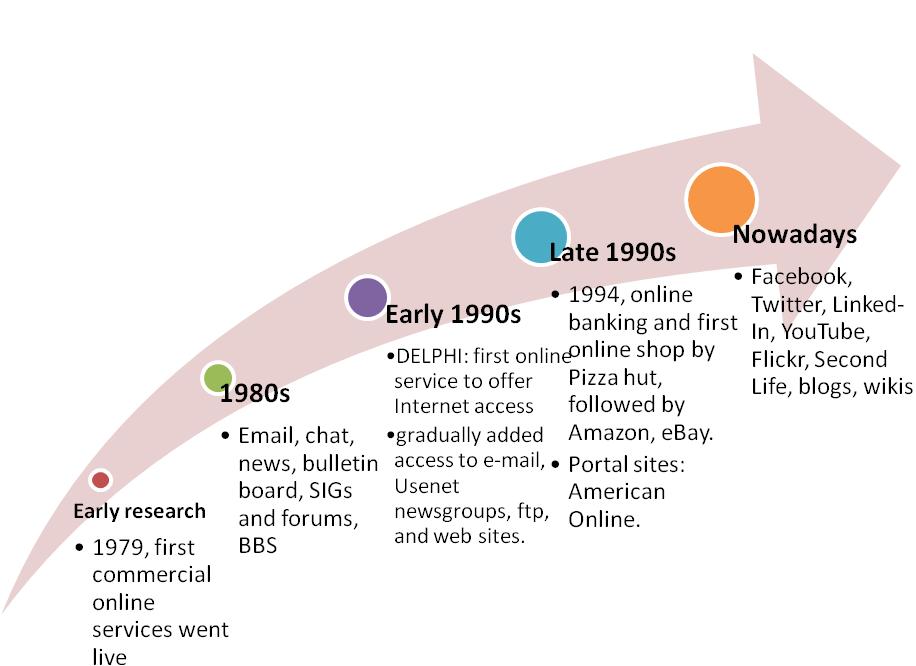In the mid-2000s, Big Blue was king of the tech world. The company’s stock price hit an all-time high in 2001, and its earnings that year were higher than they had been in 25 years.The company ranked third place on the Fortune 500 list, behind only ExxonMobil and General Motors. And then it all came crashing down.By the end of 2014, IBM no longer made the Fortune 500 list at all––a stunning drop from 33rd place just five years earlier.
The fall of IBM is one of the most talked-about examples of a once-mighty tech brand that lost sight of what made it great in the first place.In this article, we’ll explore how IBM fell from grace – and how other companies can learn from their mistakes to avoid a similar fate.
The Road to Ruin
IBM’s fall from grace was years in the making. The company had always been risk-averse, and executives were fearful of the “new” in the digital age. This made them less eager to invest in emerging technologies like artificial intelligence and blockchain, even though they knew they’d be essential to the company’s long-term future. Moreover, IBM had always been a bit of a contradiction. On the one hand, it was an industry leader in areas like mainframe computing and services like consulting, providing equipment and advice to other companies.
On the other hand, the company also sold computers directly to the public. Systems like the IBM PC and the subsequent clones it inspired grew ever more popular throughout the ‘80s and ‘90s. By 1991, the division that made PCs and other personal computers accounted for more than 50% of IBM’s sales. The company tried to grow its “other” divisions, like consulting and mainframes, but it couldn’t keep up. Finally, in 1993, IBM decided to spin off the PC division.
Diversification at the cost of core competencies
IBM might have been better off if it had never tried to get involved in the PC business to begin with. But the company’s attempt to grow other core business lines at the expense of its PC division had a severe and lasting impact on its brand and reputation. The PC division had been a core competency for IBM since its earliest days in the computer business.
But with the PC business now a separate company, IBM was left with two products with which it was associated: mainframes and consulting. And while both of these had contributed mightily to IBM’s rise in the first place, they were now core competencies from the past. IBM was still a large and profitable company, but its brand and reputation were suffering. The company had become synonymous with the past.
Lack of investment in digital capabilities
At the same time that IBM was spinning off its PC division and trying to broaden its appeal with new products, it was also cutting costs in other areas. One of the areas that suffered the most was research and development. Since the company had become so focused on cost-cutting, cutting R&D budgets was a natural move. The problem was that R&D was also where IBM did its best, most innovative work. It’s important to remember that IBM was a pioneer in the digital age, having been one of the first companies to sell computers to the public. But the company’s later reliance on the computer industry’s past meant it wasn’t investing in the future.
Bad acquisitions: Cloud as a Service and Watson
Along with cutting prices on its main products and spinning off the PC division, IBM also tried to grow through acquisitions. But many of these acquisitions were disastrous. For example, in 2002, IBM paid $3.5 billion for Cognos, a software company it hoped would become the “Microsoft of business intelligence.”
But Cognos never became much of a factor in the marketplace, and IBM wrote off a large portion of its investment just a few years later. Moreover, IBM acquired a number of cloud computing and artificial intelligence startups, but it never did much with them. A notable exception is Watson, but even that division was underutilized by the company. The failure to use Watson to its full potential was a symptom of the larger problem of IBM’s lack of investment in digital capabilities.
Lessons for Digital Re-Marketing
The best way for a company to avoid the fate of IBM is to remember what made it great to begin with. The best brands in the world are the ones that stand for something. Apple, Nike, and GE, for example, all have core values and mission statements that they stay true to no matter what. And because they have strong, established brands, they are able to pivot when necessary and even pivot back again.
It’s easy in the high-tech, fast-paced world of tech marketing to get caught up in the latest and greatest. But even the latest and greatest is often already out of date. A company that can remember what made it great to begin with will be less likely to follow in IBM’s footsteps.
Conclusion
IBM’s fall from grace is one of the most talked-about examples of a once-mighty tech brand that lost sight of what made it great in the first place. The company’s decline had many causes: an over-reliance on past core competencies, an insufficient focus on digital capabilities, and bad acquisitions. Now that the dust has settled, it’s clear that the company’s decline was years in the making. While there’s no guarantee that another tech giant won’t fall from grace in the future, there are some steps that companies can take to avoid the mistakes that brought IBM down.
Discover more from JohnHigginbotham.com
Subscribe to get the latest posts sent to your email.



